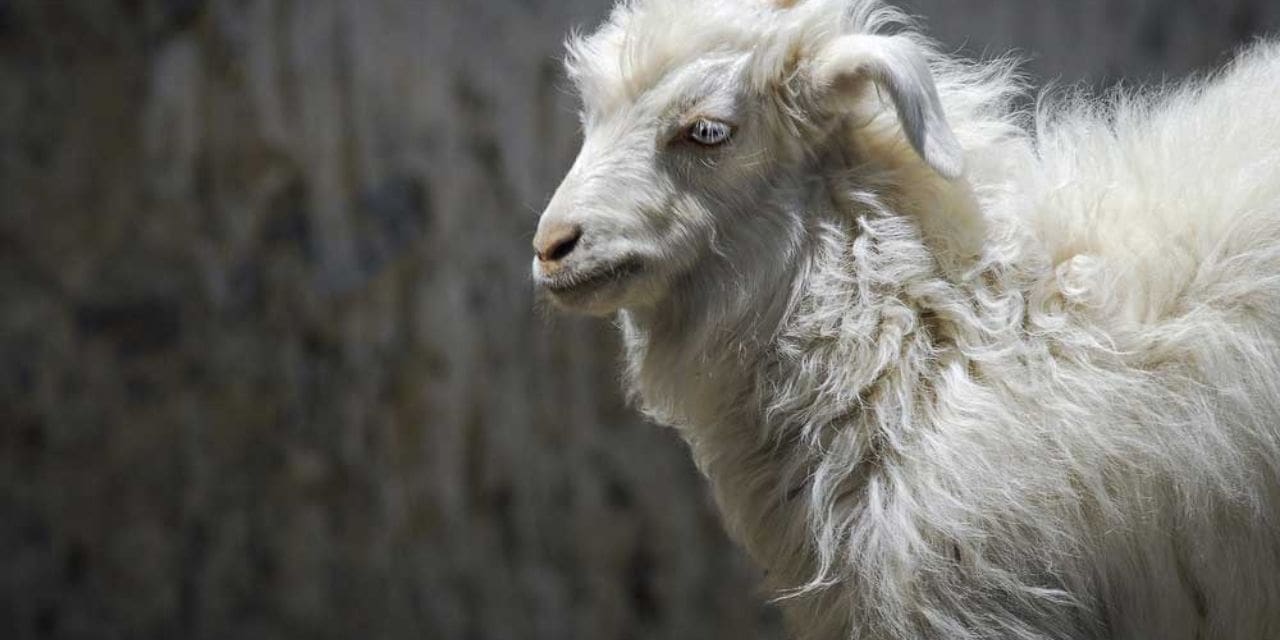By FVC Team
Summary:
Step into the world of cashmere, a luxurious and soft fabric that has captivated fashion enthusiasts for centuries. Originating from the mountainous regions of Kashmir, this exquisite textile is crafted from the fluffy undercoat of cashmere and pashmina goats. Discover the art of shopping for cashmere, with tips to ensure authenticity and durability.
Cashmere is a luxurious and soft fabric that has been used for centuries to make clothing, textiles, and yarn. The name “cashmere” comes from Kashmir, a wild and mountainous area of India and Pakistan where the fibre was first woven. The cashmere fibre comes from the fluffy undercoat of cashmere and pashmina goats, which are primarily found in Mongolia, China, and Iran.
Unlike sheep’s wool, cashmere is softer, more supple, and has a finer texture, making it a luxury staple in your wardrobe. When shopping for cashmere, there are a few helpful tips to consider. Always check the label to ensure that the garment is made of 100% cashmere, as some manufacturers may blend it with other fibres. Additionally, look for cashmere that has a tighter weave, as this will help prevent pilling and ensure that the garment lasts longer.
Cashmere is not just limited to sweaters. You can also find cashmere wraps, toppers, and even matching sets. A matching skirt set from Christopher Esber is perfect for nights out, while Le Kasha’s cable-knit turtleneck-and-pant set is ideal for cozy nights in. With upcoming holiday travel on our minds, Suzie Kondi’s green ribbed cashmere set is the perfect two-piece to throw on and go.
When shopping for cashmere, it’s important to consider its source. Some manufacturers use sustainable practices to ensure that the goats are treated humanely and the environment is protected. For example, Billy Reid’s cashmere sweater wrap is crafted from a luxuriously soft, 100% cashmere yarn and features a tonal reverse jersey ribbon stripe detail and subtle ribbon branding at the edge.
Cashmere is made into yarn and textiles through a process that involves several steps. The following are the steps involved in making cashmere yarn and textiles:
- Shearing: The process of producing cashmere begins with the de-hairing of the cashmere goat, in which the fibres from the underbelly and neck are combed and collected.
- Sorting: The collected fibres are then sorted by hand to remove any impurities or coarse fibres.
- Washing: The fibres are then washed to remove any dirt or grease.
- Carding: The washed fibres are then carded to align the fibres in the same direction and remove any remaining impurities.
- Spinning: The carded fibres are fed into a spinning machine, which twists the wool fibres to form yarn. Depending on the textile products being produced, thinner or thicker yarn may be desired.
- Cleaning, dyeing, etc.: The yarn is cleaned again, and if dye is desired, it may be applied at this point. In some cases, manufacturers prefer to garment-dye their cashmere items.
- Weaving: The finished cashmere yarn is woven into a textile product. Examples of popular cashmere products include scarves, vests, and sweaters.
The quality of cashmere yarn used in the production of a textile product can significantly affect the final product’s quality. Here are some ways in which the quality of cashmere yarn can impact the final textile product:
- Consistency: A good quality cashmere item should be consistently knit from high-quality yarn and therefore appear even throughout. If the yarn is of poor quality, the final product may have uneven patches or holes.
- Softness: The finer the cashmere fibre, the softer it feels. Higher-quality cashmere is soft but not overly soft to the touch – it softens over time. If the cashmere yarn used is of poor quality, the final product may feel rough or itchy.
- Durability: Items made with long fine fibres pill less and maintain their shape better than items made with shorter hair. If the cashmere yarn used is of poor quality, the final product may pill easily and lose its shape over time.
- Colour: Naturally white hair is more desirable because it doesn’t require as much processing to dye different colours. Less processing equals a softer result. If the cashmere yarn used is of poor quality, the final product may have uneven colouring or may fade easily.

